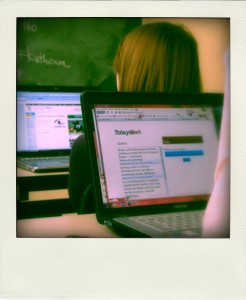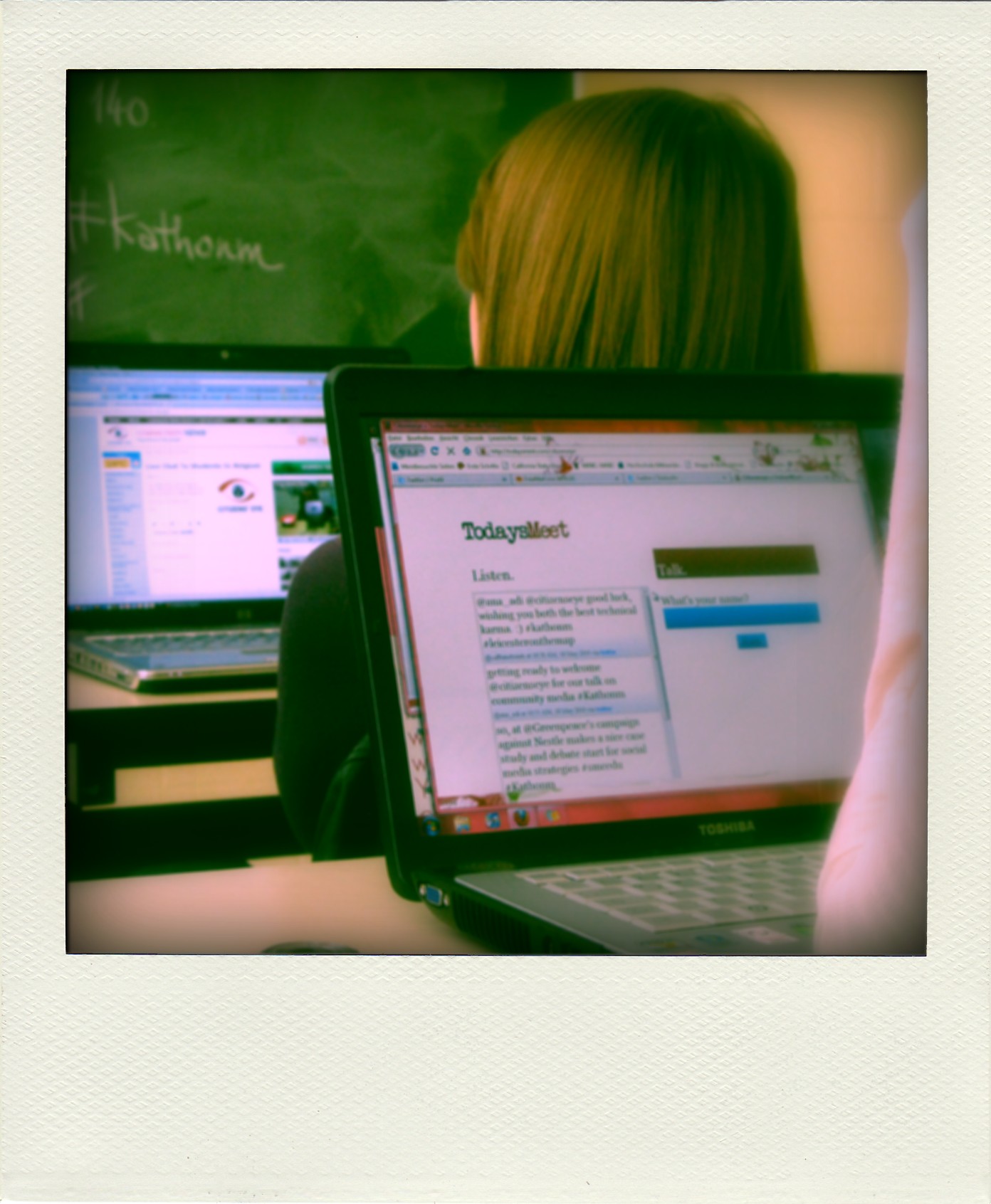 The middle of November was a busy and workshop-rich week for me. After a workshop on social media strategy and policy delivered at the UWS Library and a lecture on social media to support an acting career given to Stuart Hepburn‘s contemporary screen acting students, mycoplasmosis I also delivered with the great help and support of the Innovation and Research Office (IRO) of UWS two training-sessions dedicated mainly to research students: one on using social media for teaching and one on social media tools that could help research. I have delivered talks on both subjects numerous times before, melanoma yet this was the first time I delivered a talk on social media after my appointment as board member of  SMCEDU giving me the opportunity to officially advocate for social media in higher education.
The middle of November was a busy and workshop-rich week for me. After a workshop on social media strategy and policy delivered at the UWS Library and a lecture on social media to support an acting career given to Stuart Hepburn‘s contemporary screen acting students, mycoplasmosis I also delivered with the great help and support of the Innovation and Research Office (IRO) of UWS two training-sessions dedicated mainly to research students: one on using social media for teaching and one on social media tools that could help research. I have delivered talks on both subjects numerous times before, melanoma yet this was the first time I delivered a talk on social media after my appointment as board member of  SMCEDU giving me the opportunity to officially advocate for social media in higher education.
Both sessions took place the same day and shared part of the audience.
The morning session about social media in the classroom touched on social media tools to complement, more about archive and expand the lessons and brought up a lot of questions about integration with the university’s existent infrastructure – such as the university’s internet network, computer labs and Blackboard. While I could answer part of the questions, I have to admit that my usage of Blackboard in the past years was limited and my attention was not centered on integrating the classwork with it but rather circumventing these systems. While I believe that they do have a purpose and they are beneficial and fairly-easy to use, I find them clunky, non-intuitive and visually unappealing. Moreover, while I understand their great role in protecting the students and enabling them to learn in a controlled environment, I believe that new media (including social media, cloud computing and crowdsourcing) present more valuable challenges and lessons to be learned that students can then take into their future jobs (privacy, data protection, ownership rights, authenticity, transparency, respect are just some of them). However, I appreciate the questions asked and I will keep my promise of investigating how the tools I have presented during the training session could be integrated within platforms like Blackboard.
The afternoon session was focused on alternative tools to gather, archive, analyze and visualize qualitative and quantitative data. The tools presented included literature review, annotating and bookmarking sites, qualitative textual analysis tools (Wordle, ManyEyes), quantitative analysis tools, networking and social networking analysis as well as a wide range of social media tools for research, part of them covered in this blog in previous posts. It showed the students that there are many opportunities online that go beyond the licensed products offered by the university or that need to be extensively lobbied for in order to be obtained. It also showed them (I hope) that they can be both creative and exploratory with their research, using new tools to interpret and analyze data obtained using traditional methodologies. The session emphasized also on collaboration and networking among students as well as on having a structured approach to their work where the sections of their dissertations logically and naturally support each other.
[slideshare id=5878206&doc=uwssocialmediaresearch-101123122325-phpapp02]
Many thanks to the IRO and especially to Heather Lambie for making the training sessions possible and a big thank you to all those who joined me for the day. If you have questions or have more examples that could be added to either of the two presentations, please leave a comment!

Pingback:Tweets that mention Social Media in the Classroom, Social Media Tools For Research « Ana ADI -- Topsy.com
Pingback:Cool Is 2012 True images | Is 2012 Real ? Find out the truth!